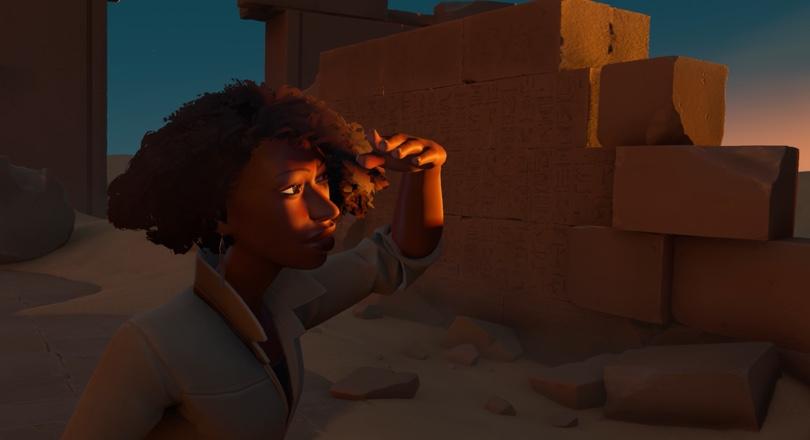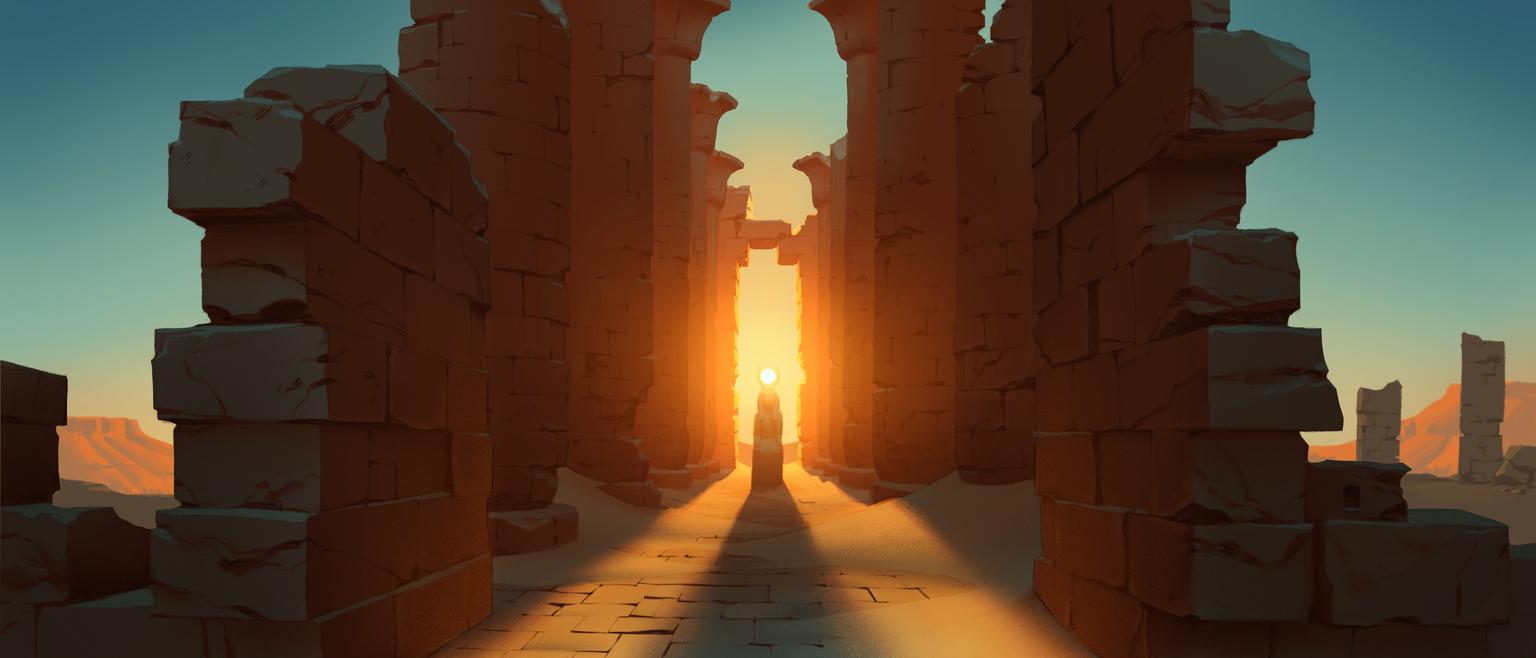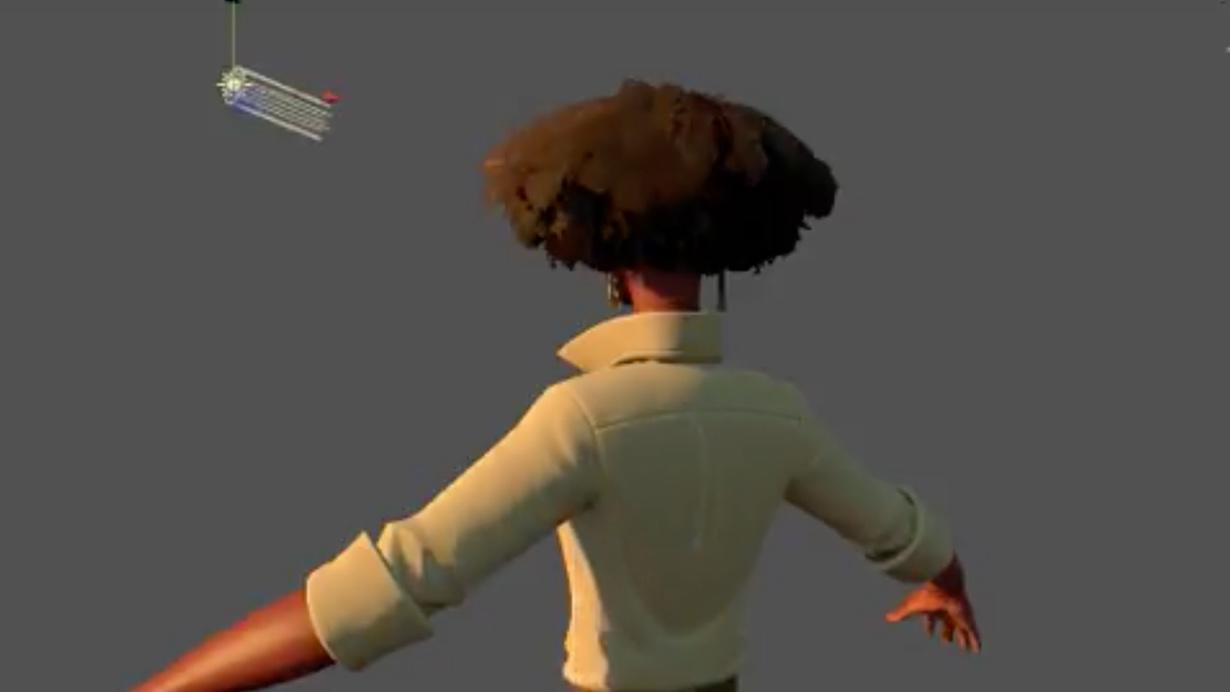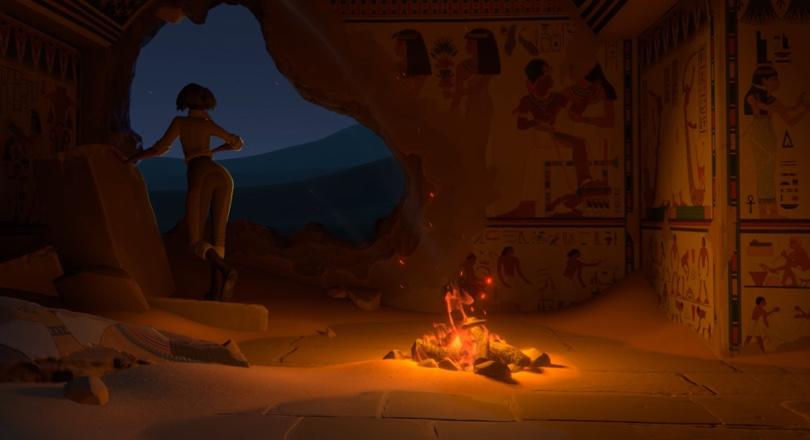It’s not surprising that storytelling sits at the core of Campo Santo. The team, which includes alums from Telltale, Irrational, Double Fine, and Lionhead (among others), lives at the crossroads where place, people, and stories meet. “One of the things that drives us is our fascination with how transportive games can be,” says Campo Santo co-founder Jake Rodkin. “It’s not just about telling a story, it’s about making the person playing it feel a real connection to the character and story being told.”
Indeed, one of Campo Santo’s main design philosophies is making sure players comfortably settle into the skin of the main character. Ideas like body awareness and intricate animations for hands help make that connection between player and game, allowing them to get lost and adopt the character’s perspective as their own.






